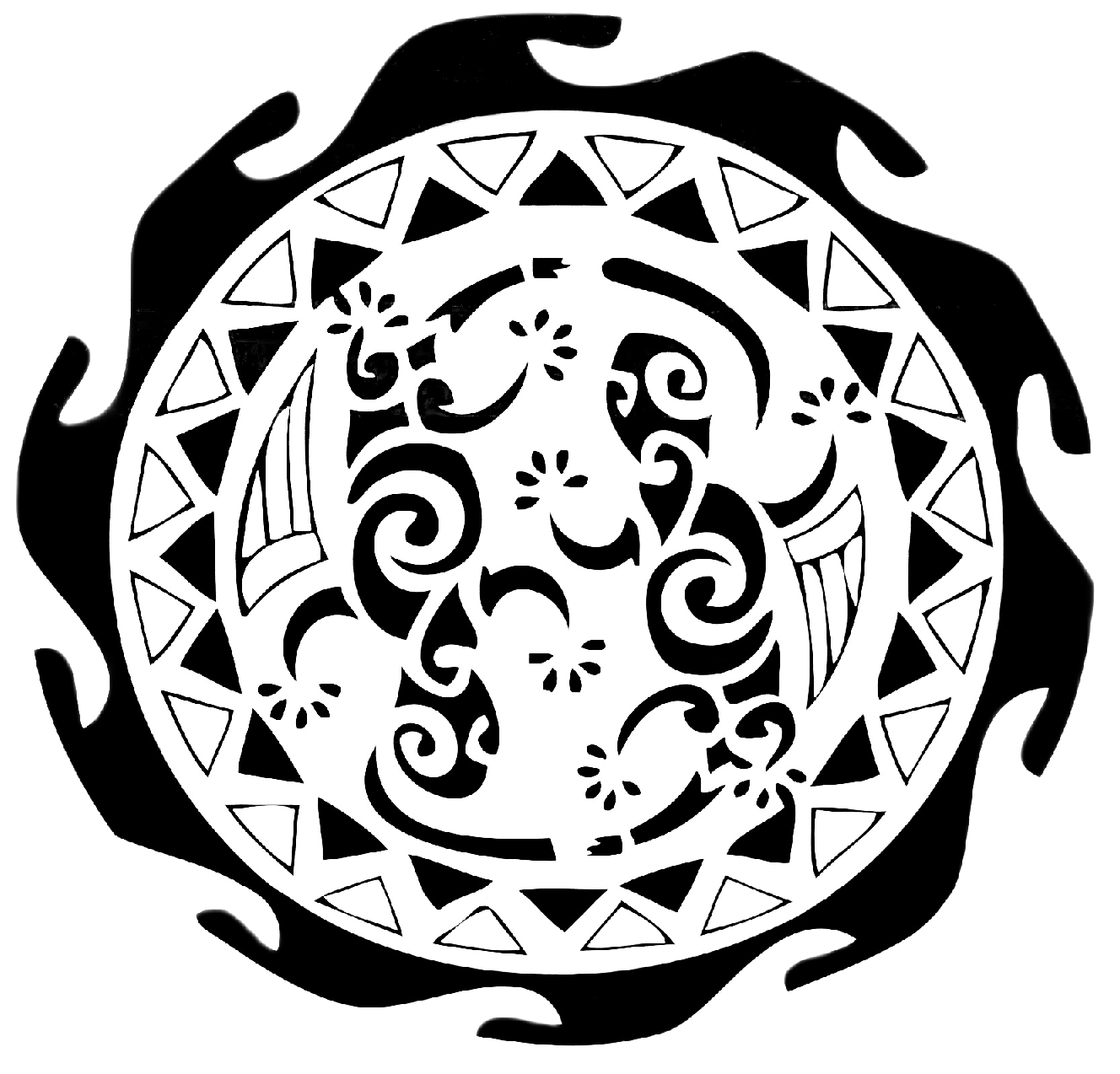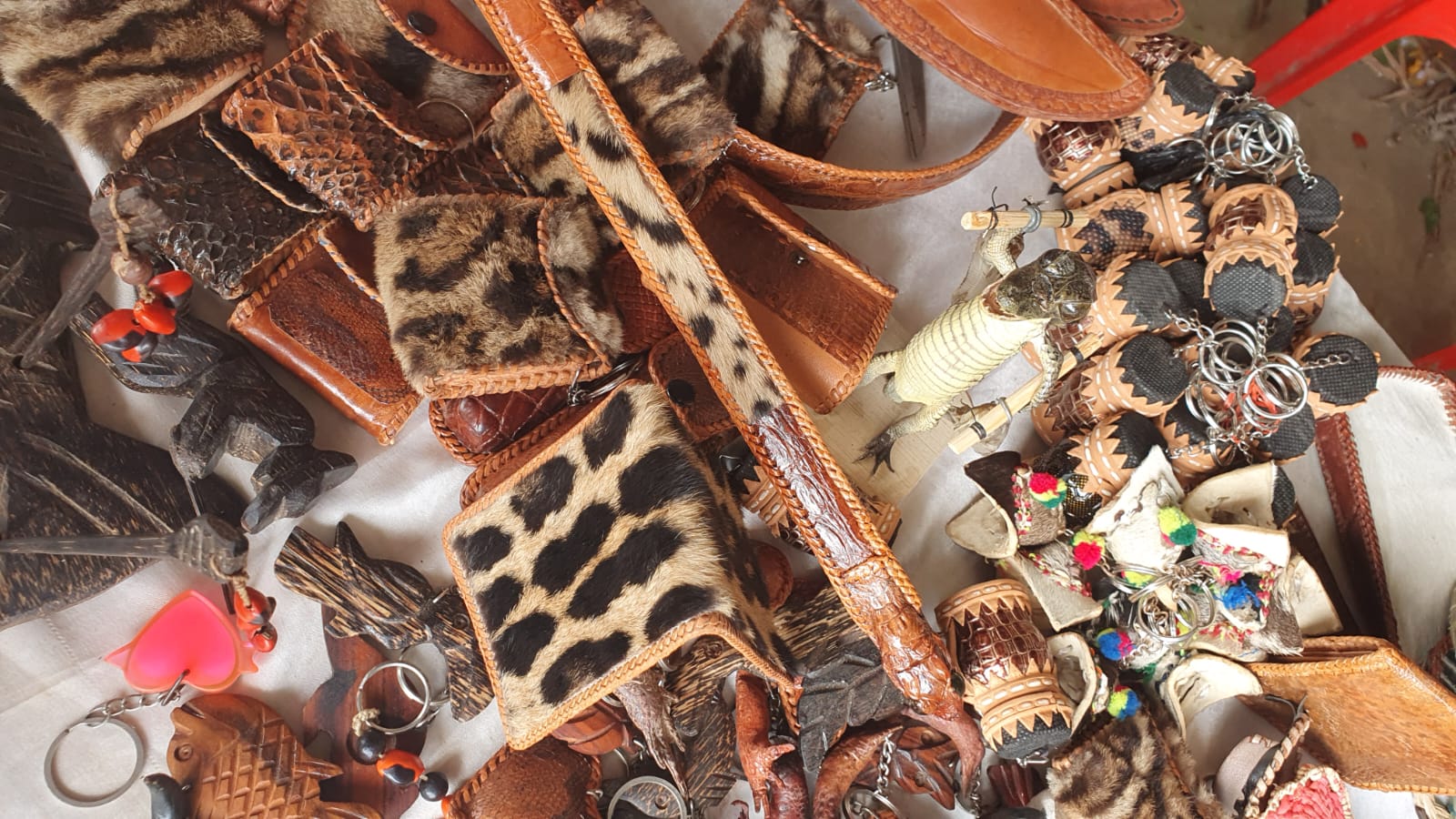A glimpse into the somewhat different reality of South America
Dead caimans with their tails cut off lie on the shore. Caiman feet for sale on the black market. Bush meat sold behind the butcher’s counter: monkeys, armadillos, rodents. Wallets made from the finest jaguar leather on display in the souvenir shop. And a stuffed baby caiman. Or a whole ocelot skin, but only sold through the back door.
Sadly, this is not an uncommon sight in South America.
Hunting is widespread in South America, although it is strictly regulated. In Ecuador, for example, only indigenous people are allowed to hunt, and only for their own use. In Argentina, the puma can be hunted and farmers even pay compensation. In Chile, however, the big cat is strictly protected. Colombia has banned sport hunting altogether, and in Bolivia only the capibara is actually allowed. And in Brazil, only indigenous groups are allowed to hunt bushmeat – meat from animals found in the rainforest.
Unfortunately, a complex issue.
Meat for indigenous people – or for tourists?

In most cases, tribal groups are allowed to hunt for their own consumption. This is understandable if they still live in the jungle and eat smoked monkey meat. They wouldn’t need many animals for their own consumption. Unfortunately, this is not the whole story.
In fact, many animals are hunted just to sell them to tourists – both national and international. Caiman nuggets are considered a delicacy, although nobody has to eat them to obtain proteins. After all, everyone eats chicken and beef every day. Monkey meat is also considered a delicacy in cities, and jaguars are hunted for their teeth and fur.
According to a 2011 study from Nasi et al., 900 000 tonnes of bushmeat are hunted in the Amazon every year. For many tribes, bushmeat is their only source of protein and is essential for survival, especially for poorer families. However, wildlife is increasingly being hunted for economic reasons rather than for survival. This has negative consequences for everyone: the jungle is emptying, there are fewer animals, biodiversity is declining and indigenous people have less food to eat. Unfortunately, the people involved often don’t realise this until it’s too late, because the quick money from selling a few monkeys is just too tempting.
The method of hunting is also worth mentioning: caimans (of any species, as they often cannot tell the difference between species) are killed, the tail cut off and the rest thrown away. Although the whole animal can be eaten, the best piece of meat is the fillet. However, the tail is quick and easy and there is less risk of getting caught while cutting up the carcass.
In the tourist towns of the Amazon, there are large markets with huge quantities of bushmeat and leather or fur souvenirs. In very touristy places you’ll find them out in the open. We have seen this in Bolivia, Peru and Colombia, although there are many other places in the region.
It shocks a lot of people. You would think that we would be better educated and know more about conservation (especially those from countries with good education), but unfortunately this is overrated. Many Europeans also love a jaguar purse made of beautiful, real fur. In China it’s a status symbol. And for many other nationalities, conservation is not the main thing they learn about in school.


It is also important to remember that many tourists, both local and foreign, have never thought about the origin of the material. Where does the fur come from? Did an animal die for it? A good comparison would be the following: Legend has it that there are children who do not even know that milk comes from a cow and not from the supermarket.
Also, many people find living reptiles disgusting and prefer them dead and made into leather. They are also very afraid of wild cats, even though they find them fascinating, but better not seen alive.
Wildlife trade, a global problem
In 2023, Interpol estimates that the global trade in protected species was worth $20 billion a year, with an annual growth rate of 5-7% as there are fewer animals and the price goes up.
The problem really affects every country in the world, but for years Africa was the big hotspot, but in the last 10 years it has shifted more towards South America. According to a 2021 study, the number of wild animals on the continent has fallen by 94% in the last 40 years.
As well as the small scale impact we can have as tourists, there is also a global scale to the wildlife trade. China is a big problem. Many Chinese companies are investing in South America, moving into previously untouched areas, and consumption of wildlife and traditional medicines, which require more and more resources, is also increasing. A sad example is the jaguar trade. With few tigers left, Chinese buyers have turned to jaguar fangs as a status symbol.
But they’re not the only culprits – other Asian countries, the US and Europe are also driving the illegal trade.


Plants, the main victims of wildlife trade
People often think of animals when talking about wildlife trade, but plants are also sought after – orchids, for example. The door to an underworld opened for me when I read about the illegal trade in orchids in Podocarpus National Park in Ecuador. I had never heard of it before. You can grow the plants, so why take them? According to the Convention on International Trade in Endangered Species of Wild Fauna and Flora (CITES), orchids account for more than 70 per cent of the trade in listed species.
This beautiful plant has some very rare specimens, growing only in certain regions. There are an estimated 12 000 different species in South America. There are also many endemic species in Ecuador, such as the Dracula orchid.
Orchids are difficult to grow because they need very specific conditions. However, often only the seeds are sold. Many wild orchids are needed for this, as not all specimens produce good seeds. Those that do not produce useful ones are destroyed. There are many flowers that collectors are interested in and will pay up to US$ 10 000 for a single specimen. Most are sent by mail. Smuggling is often so easy.
The dilemma of national parks and reserves

The world is truly unique, but unfortunately we often see how little nature is valued. There are many national parks here, but that doesn’t mean the animals and plants are safe. The parks need rangers to protect the boundaries, but there is often not enough money to pay them and some look for a good side income. After all, they are at the source and corruption is rife.
Private NGOs or reserves work better, but they don’t have it easy either. For years, Henry from Sumak Kawsay in Ecuador has had to deal with indigenous people who simply use his private land as a hunting ground before their celebrations, as their land was empty of animals. They relied on their hunting rights, but somehow he managed to make them understand that this was not possible on other people’s private land.
Others are attracted by the fact that animals seek shelter where they won’t be disturbed, so poachers may have an interest in sneaking in at night. We have heard many stories of this too. Unfortunately, there is often not enough money to pay rangers.
Perhaps education is the only way to protect the animals in the end. But enforcing the same standards worldwide and competing with fast money is a Herculean task. So let’s raise our glasses to the small projects that are making a difference – we’ve been lucky enough to see many great examples that give hope.
Note: The pictures were taken by us or by friends and are protected by copyright. We do not provide exact locations or other information. If you would like to know more, please feel free to ask us personally.

